Influence of Home Renovation Trends
The decorative lighting market is significantly influenced by ongoing home renovation trends, as homeowners increasingly invest in upgrading their living spaces. Renovation projects often prioritize lighting as a key element in enhancing the overall aesthetic and functionality of homes. Data suggests that approximately 50% of homeowners engage in some form of renovation every year, with lighting upgrades being a common focus. This trend is particularly pronounced in suburban areas, where families seek to modernize their homes. The decorative lighting market thus benefits from this renovation wave, as consumers look for stylish and functional lighting solutions that complement their newly designed spaces. As renovation activities continue to rise, the demand for decorative lighting is likely to follow suit.
Growing Interest in Outdoor Living Spaces
The decorative lighting market is experiencing growth due to the increasing interest in outdoor living spaces, as consumers seek to extend their living areas beyond the confines of their homes. The trend towards outdoor entertaining and relaxation has led to a heightened demand for decorative lighting solutions that enhance patios, gardens, and outdoor dining areas. Recent surveys indicate that nearly 40% of homeowners are investing in outdoor lighting to create inviting atmospheres for gatherings and leisure activities. The decorative lighting market is thus capitalizing on this trend, offering a variety of products designed specifically for outdoor use, including weather-resistant fixtures and energy-efficient options. This shift towards outdoor living is expected to drive market growth as consumers prioritize creating functional and aesthetically pleasing outdoor environments.
Rising Consumer Demand for Aesthetic Appeal
The decorative lighting market experiences a notable surge in consumer demand for aesthetic appeal, driven by the increasing emphasis on home decor and interior design. As homeowners seek to create visually appealing environments, decorative lighting becomes a focal point in enhancing the ambiance of living spaces. According to recent data, the market is projected to grow at a CAGR of approximately 6.5% over the next five years, indicating a robust interest in innovative lighting solutions. This trend is particularly evident in urban areas, where consumers are more inclined to invest in unique and stylish lighting fixtures. The decorative lighting market is thus witnessing a shift towards products that not only illuminate but also serve as artistic statements, reflecting personal style and taste.
Technological Advancements in Lighting Solutions
Technological advancements play a pivotal role in shaping the decorative lighting market, as innovations in LED technology and smart lighting systems gain traction. The integration of energy-efficient LED bulbs has revolutionized the industry, offering consumers longer-lasting and cost-effective lighting options. Furthermore, the rise of smart lighting solutions, which allow users to control lighting through mobile applications and voice commands, enhances convenience and personalization. The decorative lighting market is expected to benefit from these advancements, with a projected increase in smart lighting adoption by over 30% in the coming years. This shift not only caters to the tech-savvy consumer but also aligns with the growing demand for energy-efficient solutions, making it a significant driver in the market.
Impact of E-commerce on Consumer Purchasing Behavior
The rise of e-commerce has profoundly impacted consumer purchasing behavior within the decorative lighting market, as online shopping becomes increasingly prevalent. Consumers now have access to a wider range of products and brands, allowing for greater comparison and selection. Data indicates that online sales in the decorative lighting market have surged by over 25% in recent years, reflecting a shift in how consumers approach their lighting purchases. The convenience of online shopping, coupled with the ability to read reviews and access detailed product information, has empowered consumers to make informed decisions. The decorative lighting market is thus adapting to this trend by enhancing online presence and offering exclusive online collections, which may further stimulate growth in the sector.


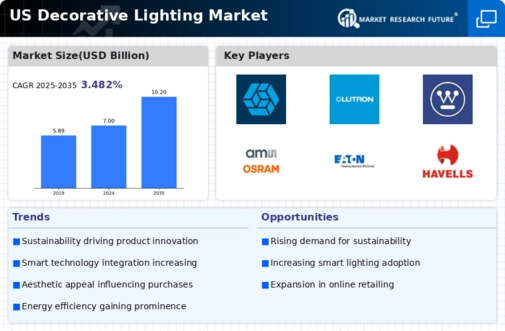

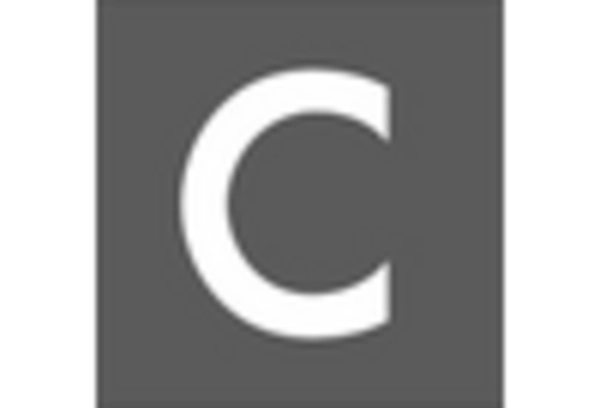
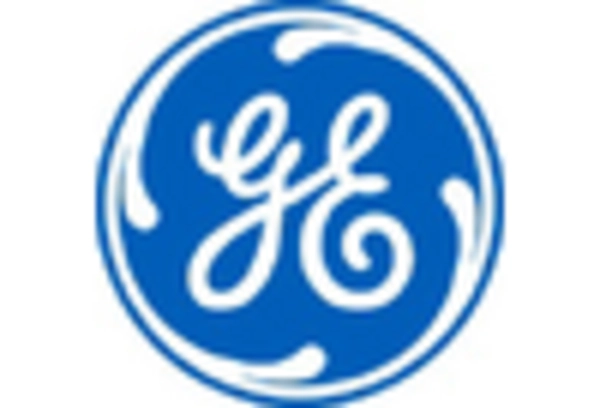
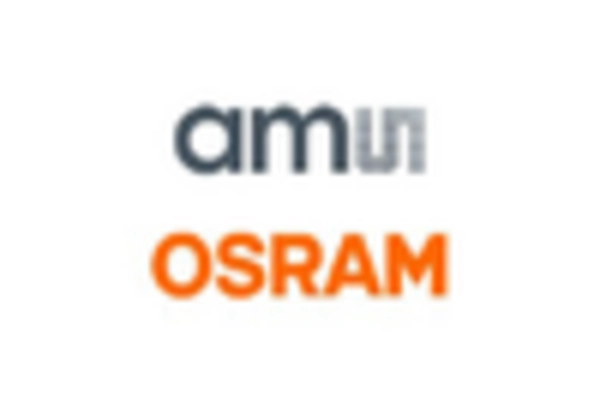

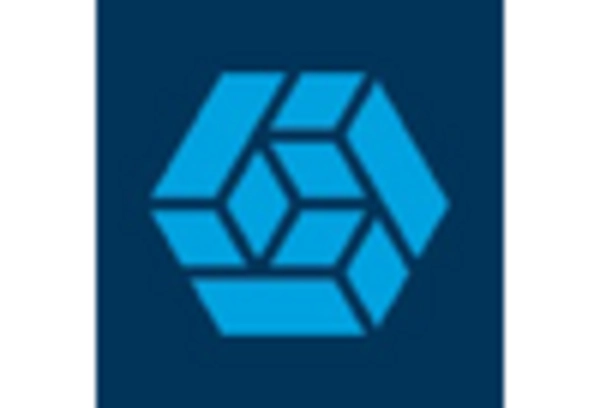








Leave a Comment